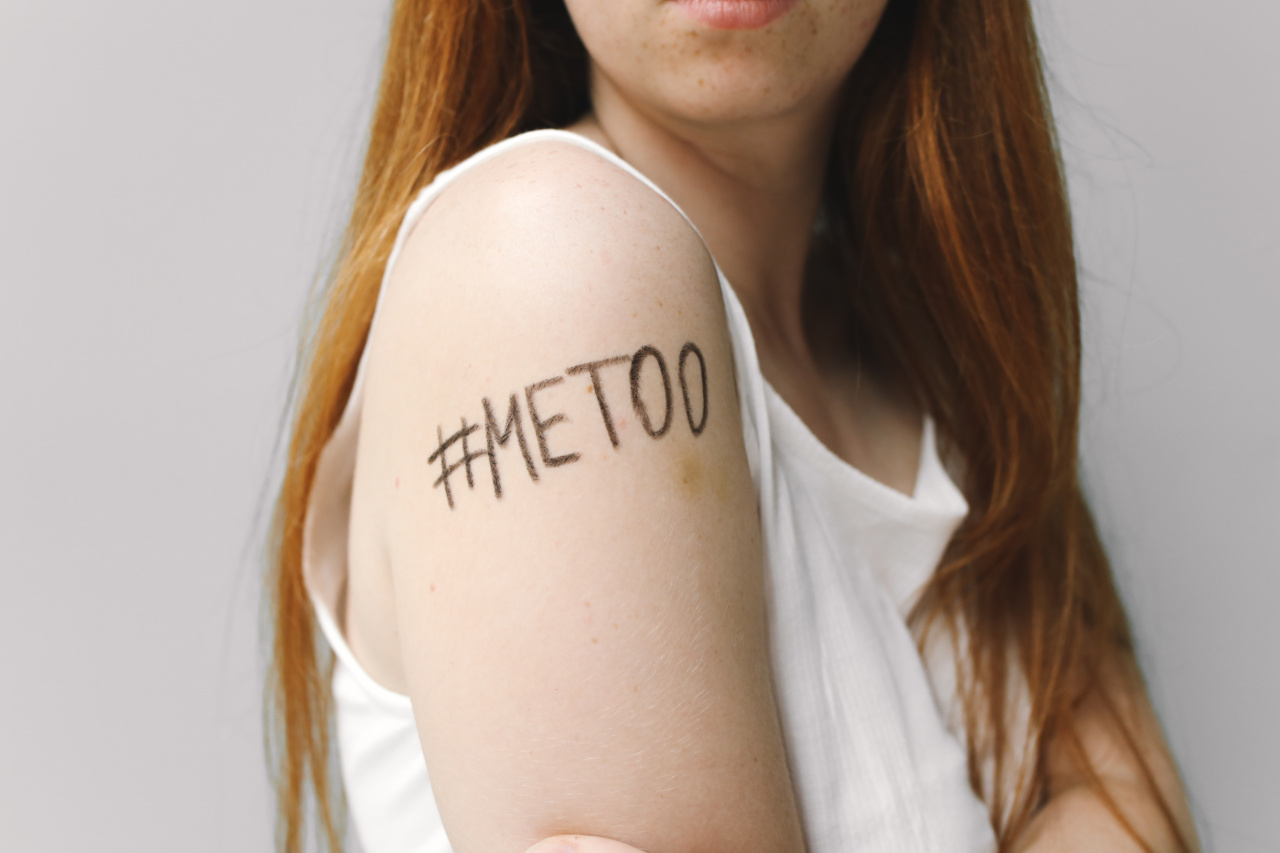Many of us have experienced the occasional urge to pick at a scab or squeeze a pimple, but what happens when this behavior becomes excessive and uncontrollable? Dermatillomania, also known as skin picking disorder, is a condition characterized by the repetitive picking of the skin to the extent that it causes significant distress and impairment in daily functioning. Let’s delve deeper into this lesser-known yet distressing disorder.
Understanding Dermatillomania
Dermatillomania is classified as an impulse control disorder, often co-occurring with other mental health conditions such as anxiety disorders, obsessive-compulsive disorder (OCD), or body dysmorphic disorder (BDD).
Individuals with dermatillomania engage in repetitive skin picking behaviors that can result in tissue damage, scarring, and infections.
This disorder can affect people of all ages and genders, although it appears to be more prevalent among females. It commonly begins in adolescence and can persist into adulthood, often leading to a chronic and distressing pattern of behavior.
Signs and Symptoms
People with dermatillomania may spend hours engaged in skin picking, often in an attempt to remove perceived imperfections or irregularities on the skin.
Although individuals with this disorder may start with normal grooming behaviors, they find it difficult to stop once they begin. Some common signs and symptoms of dermatillomania include:.
- Repetitive skin picking leading to tissue damage, scarring, and infections
- Preoccupation with skin irregularities or imperfections
- Feeling a sense of relief or satisfaction after picking the skin
- Attempts to hide or cover up skin picking behaviors
- Distress or impairment in social, occupational, or educational functioning
- Feelings of guilt, shame, or embarrassment
- Decreased confidence or self-esteem
- Anxiety or irritability if unable to engage in skin picking
Possible Causes
The exact cause of dermatillomania is still not clearly understood, but it is believed to result from a combination of genetic, environmental, and neurochemical factors. Some potential causes include:.
- Genetic predisposition: There may be a genetic component that increases the risk of developing dermatillomania.
- Brain chemistry: Imbalances in neurotransmitters such as serotonin and dopamine may play a role in the development of this disorder.
- Mental health conditions: Dermatillomania often co-occurs with other mental health disorders, suggesting a link between them.
- Environmental triggers: Stress, trauma, or childhood events may trigger the onset or exacerbation of dermatillomania.
Diagnosis and Treatment
Diagnosing dermatillomania can be challenging, as individuals often feel ashamed or embarrassed about their behaviors and may not seek help. However, it is important to recognize that dermatillomania is a real and treatable disorder.
If you suspect that you or someone you know may have dermatillomania, it is important to seek professional help from a mental health provider.
A diagnosis is typically made based on specific criteria outlined in the Diagnostic and Statistical Manual of Mental Disorders (DSM-5).
Treatment for dermatillomania often involves a combination of therapy and medication. Cognitive-behavioral therapy (CBT), particularly habit reversal training, has shown promising results in helping individuals gain control over their picking behaviors.
Medication, such as selective serotonin reuptake inhibitors (SSRIs), may also be prescribed to target underlying anxiety or obsessive-compulsive symptoms.
Living with Dermatillomania
Living with dermatillomania can be challenging, but there are strategies that can help individuals manage their symptoms and improve their quality of life:.
- Identify triggers: Pay attention to the situations, emotions, or thoughts that precede skin picking episodes, and try to develop strategies to manage them.
- Find alternative coping mechanisms: Engage in activities such as exercise, art, or mindfulness to distract yourself from the urge to pick.
- Build a support system: Surround yourself with understanding and supportive individuals who can provide encouragement and empathetic listening.
- Practice self-care: Taking care of your physical and mental well-being through activities like regular exercise, proper nutrition, and sufficient sleep can help reduce stress and improve overall mood.
- Seek professional help: Reach out to a mental health professional who has experience in treating dermatillomania to receive appropriate guidance and support.
Breaking the Stigma
Dermatillomania is still not widely recognized or understood, leading to significant stigma and misunderstanding surrounding the disorder. Breaking the stigma begins with awareness and education.
By sharing accurate information and promoting empathy, we can help individuals with dermatillomania feel validated, supported, and empowered to seek the help they need.































